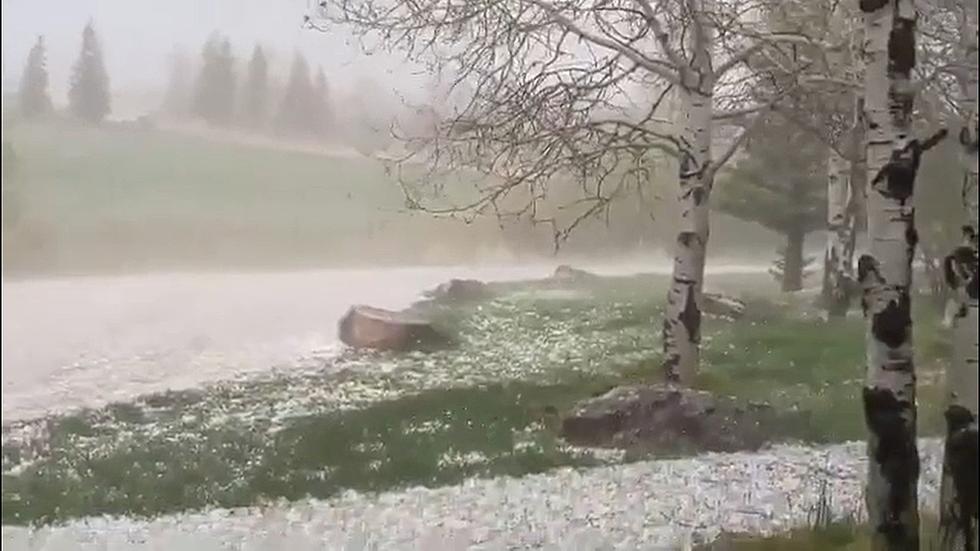
The Backyard Ombudsman: Install A Natural Snag!
by Ken Rudman
Ok birders! Some of the most high profile questions we birders get is “what can I do to attract birds to my neck of the woods?” Now is the time of year, if you haven’t already, to start thinking about what plans you have in mind for your outdoor garden projects, especially if you want to attract wild birds and other wild life. There are various sites where you can go to attain free garden projects which will help you build up your backyard network and keep you going on the weekends. I talk about a few of these on this blog.
Here are a few garden projects to get you started. Have you thought about growing your own birdseed? (Ref: http://nestbirds1.com/?p=1049) It’s not hard to do and many of your birds will enjoy the plenty of safflower and sunflower seeds that come about by you simply planting your own birdseed in your yard. Another easy way to get wild birds to your neck of the woods is to create a brush pile. (Ref: http://nestbirds1.com/?p=1008) There are precautions to think about before you build your natural brush pile to help protect your wild birds from wild life predators in your neck of the woods.
But there is another home that wild birds and wild life alike really enjoy and that is a natural snag, or wildlife trees. Snags are the result of various instances. They typically come about because of lightening strikes, disease, forest fires, drought, too much shade, root competition, and or old age. You will find anything from birds to squirrels to raccoons and other wild life animals who inhabit these “homes of nature.” Food and shelter are two main assets to your birds, wood peckers and other wildlife who feed off of the bugs and other critters that inhabit the snag. Below are some cool facts about natural snags and should be considered before we just uproot that eye sore in your backyard network.
- A snag harbors many insects that are food for wildlife. The outer surface of the bark is where birds such as brown creepers, nuthatches, and woodpeckers eat bark beetles, spiders, and ants.
- The inner bark is where woodpeckers eat larvae and pupae of insects. Mammals such as raccoon and black bear may tear into these areas of snags to harvest the protein-rich insects.
- The heartwood is where strong excavators such as the pileated woodpecker prey upon carpenter ants and termites.
- The space between partially detached bark and the tree trunk is where nuthatches, winter wrens, and brown creepers roost or search for food. Pacific tree frogs, several species of bats, and many butterflies also find shelter there.
Two names to keep in mind when searching for natural snags are: Soft Snag and Hard Snag. You probably wondering what the difference is between the two? A hard snag has typically been defined as a tree that has recently given up the ghost. They still have limbs and still have some possible signs of life on them. These hard snags eventually turn into what are called soft snags. A soft snag has considerable decay in its heart and sapwood.
Fungi infiltrate the heartwood and the tree becomes soft or hollow in the center. A soft snag rarely has limbs, and its top may be missing. These soft snags will eventually become smaller in size as time goes on and you will find various spots where birds and wildlife have used it for homes and shelter. A few features to look for on a tree to help you see whether or not the tree is on its way to being a snag are Fungi on the bark, dead main limbs, splits in the trunk, woodpecker holes and running sap down the side of the tree.
So the bottom line for us is this. You should try and keep at least one or more snag trees in your yard at best. Try to plant shrubs and other plant life around the base of the snag in order to help protect it from the weather and to make for a healthier environment for wildlife. There is much more we could go into, but hopefully this will help you get started and think about the benefits of the snags, before we pluck them out. For more information on birds, roosts and wildlife feeders and houses, visit www.wildlife-houses.com Happy Birding!
Ken “The Backyard Ombudsman” Rudman is resident of Wyoming. He is also a writer, businessman and a promoter of bird and bat preservation, natural insect control, and a “how-to” guy to help people build up their backyard network in attracting song birds, feeders, artificial houses, facts and more. Send your questions, ideas, article requests and inquiries to Ken – The Backyard Ombudsman- at his email address: wildlifehouses@yahoo.com
More From KGAB









